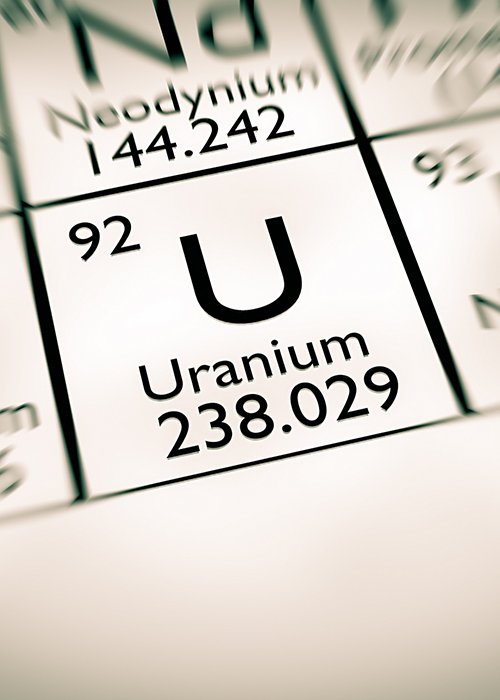Uranium was discovered in 1789 by M. H. Klaproth while analysing the mineral petchblenda (believed to be an oxide mix of iron, zinc and tungsten) to which he gave the name Uranium to celebrate the discovery of the new planet in the solar system, discovered in those years. In 1789 Zirconium was discovered as well, an element of fundamental importance for nuclear reactor technology.

